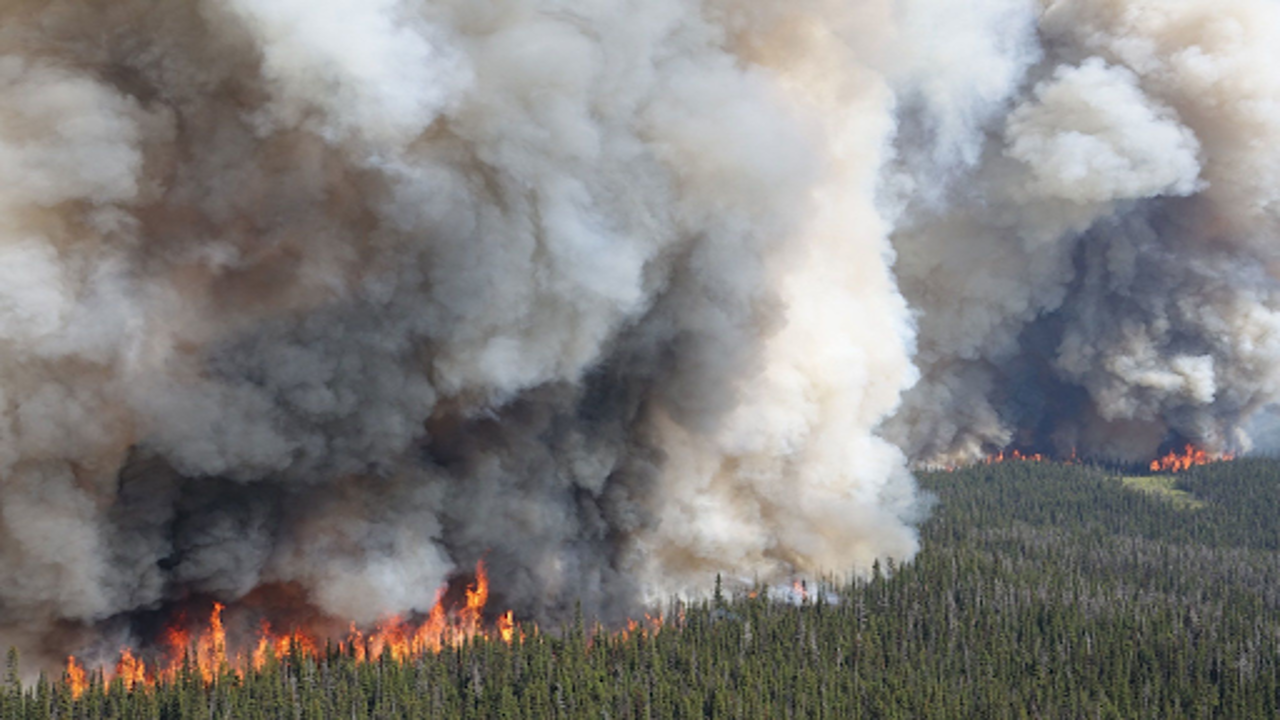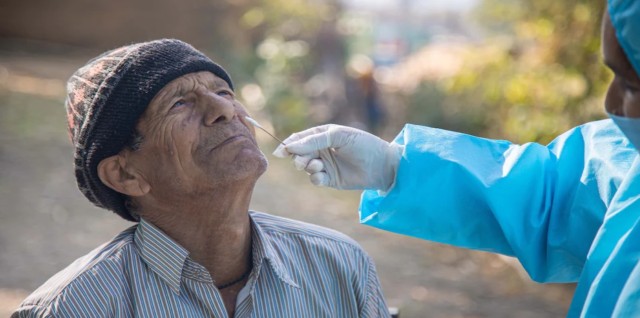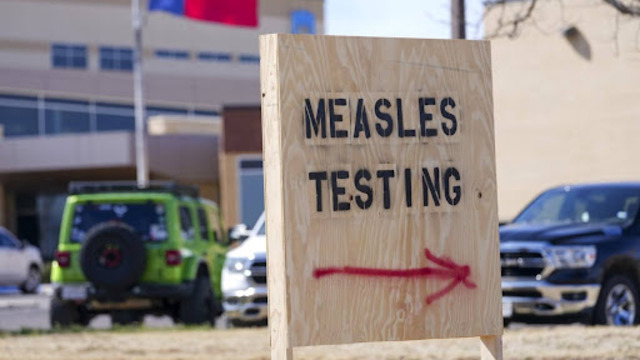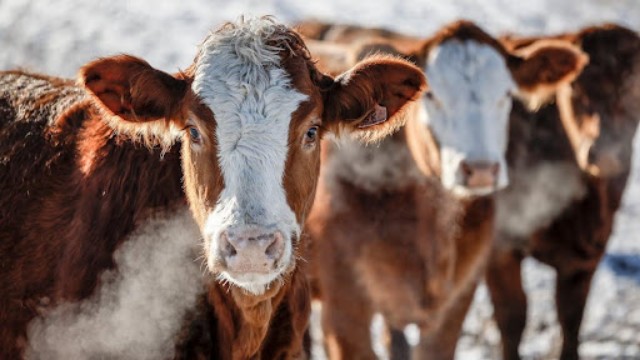
Picture source : Google
As we approach wildfire season, Environment and Climate Change Canada advises everyone to monitor air pollution levels by checking the Air Quality Health Index (AQHI), particularly on days with heavy smoke.
How to Check Air Quality in Your Area
To check the air quality in your community, visit the Air Quality Health Index at weather.gc.ca. The AQHI provides ratings across various locations in your province or territory, categorized as follows:
- 1-3: Low risk
- 4-6: Moderate risk
- 7-10: High risk
- Over 10: Very high risk
Environment Canada also recommends downloading the WeatherCAN app to receive personalized notifications about the AQHI in your area.
Assessing Risk Levels
Environment Canada, in collaboration with Health Canada, provides specific guidelines for vulnerable individuals who may experience health issues due to poor air quality, as well as for the general population. Vulnerable groups include people with respiratory and heart conditions, infants, young children, pregnant individuals, and the elderly. These groups might experience symptoms even at moderate risk levels. Detailed information about how different risk categories affect various populations is available on Environment Canada’s website.
New Changes This Year
When the AQHI surpasses 10 due to wildfire smoke, indicating a "very high" health risk, a new type of air quality advisory will be issued. This advisory will warn of potentially severe health effects and may suggest canceling outdoor activities.
Users of Environment Canada’s weather website can now find all active air quality-related alerts under a separate tab. Areas with an AQHI of 10+ will be highlighted in red on the map.
Celine Audette, manager of health and air quality forecast services at Environment and Climate Change Canada, noted that most provinces are now using an enhanced version of the AQHI. This version measures fine particulate matter, known as PM 2.5, on an hourly basis.
The enhanced AQHI calculates two sets of data: a rolling average of three common air pollutants (ground-level ozone, nitrogen dioxide, and PM 2.5) and the hourly PM 2.5 levels. The AQHI score displayed to the public is based on the higher of these two measures.
By keeping track of the AQHI and staying informed about air quality advisories, Canadians can better protect their health during wildfire season.















